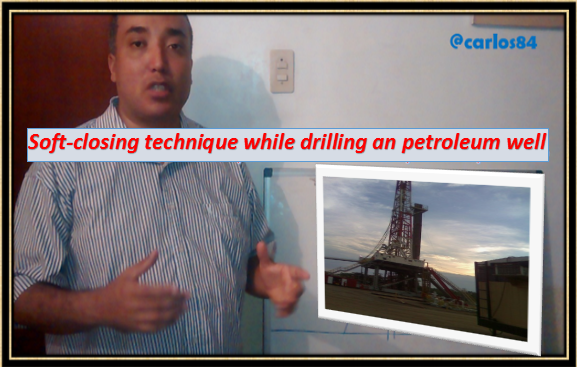
For this publication I want to explain the importance of knowing how to apply the various techniques of closing a well when drilling, this way we will have control of it in the event that there is an influx of fluids from the formation to the surface.
As I have already discussed in previous publications when for some reason the pressure exerted by the drilling fluid is less than the pressure of the fluids in the reservoir there is an invasion into the well of fluids such as gas and / or oil, where you have to have some operational contingency plan to stop the migration of these fluids, as a resource one of the resources to apply is to close the well.
The precise moment to close the well is when we have the slight indication that a surge is occurring in the well, for it is important that we first know how to interpret the indicators of a surge, such is the case of increased drilling speed, decreased mud density, increased presence of chloride, among other indicators.
Reasons why a well should be closed once a surge is detected in the well
1. Once the surge is detected, it is important to protect the personnel working at the location where the well is being drilled, as well as the safety of all equipment involved in drilling activities.
2. When the well is closed, it is guaranteed to have a time in favor, while the activities for the true control of the well are organized, however, the time should not exceed the estimated time that is calculated should arrive the gas bubble on the surface, because if the time that it takes personnel to control and pump the control fluid to the well is greater than that of the gas bubble to surface, can occur uncontrolled bursting on the surface, with drastic consequences such as loss of life and material.
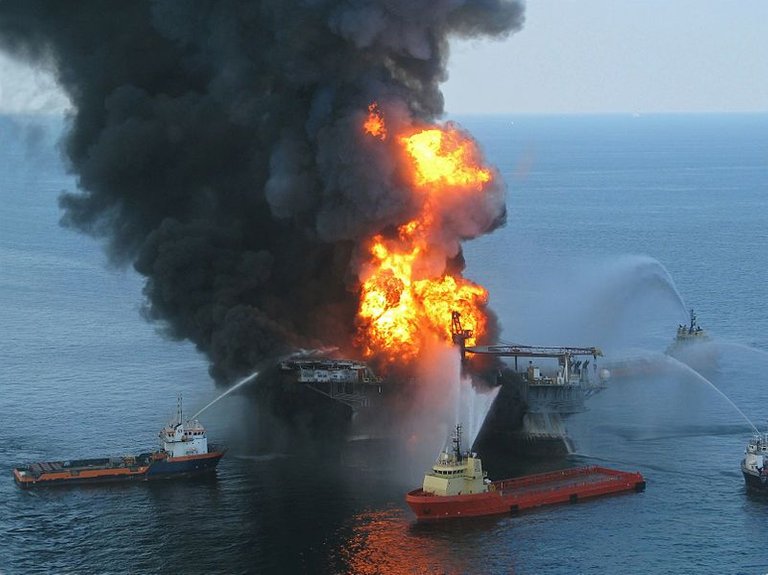
In the previous image we can see a blowout occurred in a well, where it probably could not be closed and controlled properly, for this case the people working on the floor of the drilling tower can be injured to lose their lives, and equipment such as drill pipe, valves and in itself the entire drilling rig is lost product of the fire generated. It is for these reasons that well closure techniques must be correctly applied, and then controlled with the preparation of a new control fluid.
Primary objective pursued by closing a well while drilling
The main objective of the techniques used to close wells while drilling is to be able to close the well by releasing the pressure of the well little by little, without compromising the integrity of the formation. For this to happen, the maximum pressure supported by the formation must not be surpassed by the pressure trapped in the well when the latter is closed in the face of the threat of an upsurge, since if a hard closure is made, i.e. if the well is closed as if it were cased, there is a danger of fracturing the formation and in this way a subsurface burst can occur.
The hard closure of the well is only advisable in wells that are completely cased, to better understand the mechanical configuration of a well that is completely cased I present the following image:
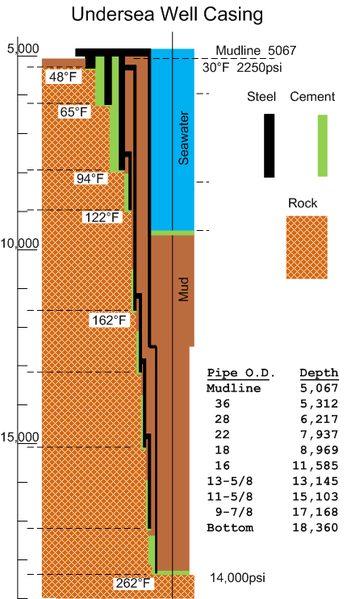
What has to happen before applying any well closure technique while drilling?
While the oil well is being drilled there are certain parameters that indicate that there is a migration of unwanted fluids to the surface, one of these indicators is the increase in drilling speed, fluid return while the mud pumps are off.
When there is the slight suspicion that there is an attack of fluids from the formation, the most convenient thing is to stop the drilling, for it the mud pumps are turned off, when the mud pumps are turned off there should be no circulation of the drilling fluid, if there is return of the drilling fluid with the pumps off it is certain that there is a migration of unwanted fluids in the well, so it is recommended to start with the technical operations of closing the well.
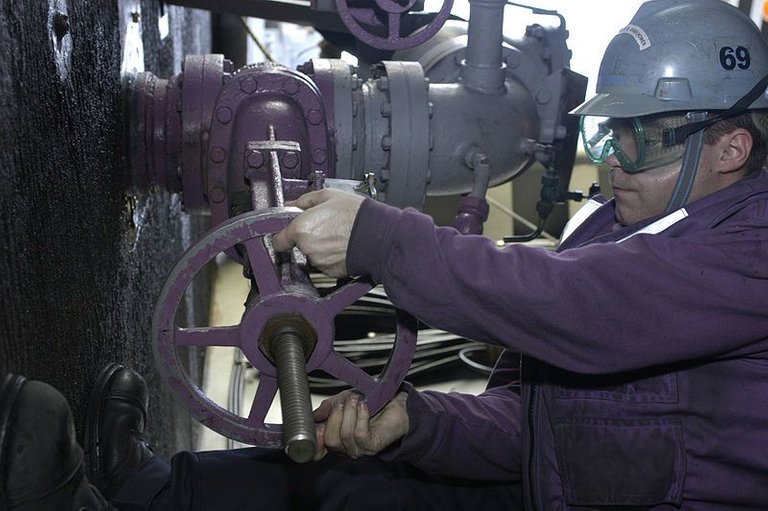
Technical and operational procedure for applying a soft close while drilling
This is the closing procedure that best suits when drilling the well or when a surface maneuver is being performed, the goodness of this type of closure is that the throttle valve is always open, and that when it is being carried to the soft closure is gradually closed by a valve shock (open and close) with the intention of controlling the pressures until they are already stabilized and the well can be closed without exceeding the maximum pressure that the formation can withstand.
To better understand the soft-closing procedure while drilling, the steps to be performed are detailed below:
[1] Check flow: to do this the rotation of the string is stopped and the pumps are paid, if the well flows proceeds to the closure of the well using the soft closing technique.
[2] Align all existing valves in the strangler assembly
[3] Open the BOP Set Strangler Line (HCR) valve.
[4] Close the blowout preventer, preferably close the ring spherical.
[5] Read and record readings of the following closing pressures:
- Closing pressure of the drill pipe (SIDPP).
- Closing pressure in liner pipe (SICP).
It is very important that readings of drilling pipe closure and restocking pressures are correctly recorded, as this data will be critical to the mathematical calculations that need to be performed later for well control.
Conclusions, recommendations and lessons learned
[1] With an effective and timely soft closure of the well while drilling, we are ensuring the integrity and life of the people who work and make life on the location, apart from which we can preserve the equipment and the drill tower in ideal conditions suitable for drilling, as shown in the following image:
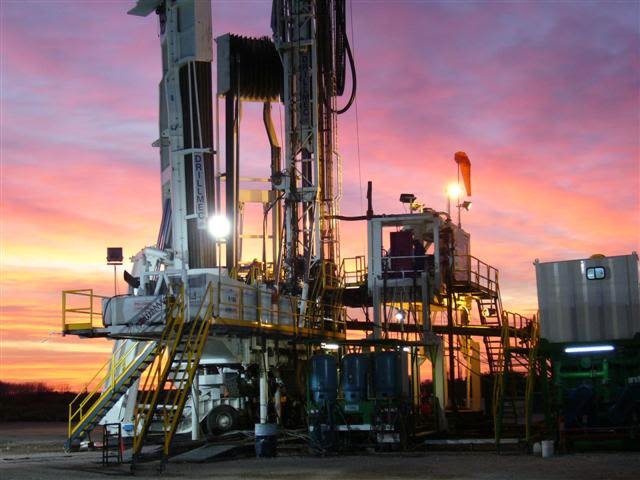
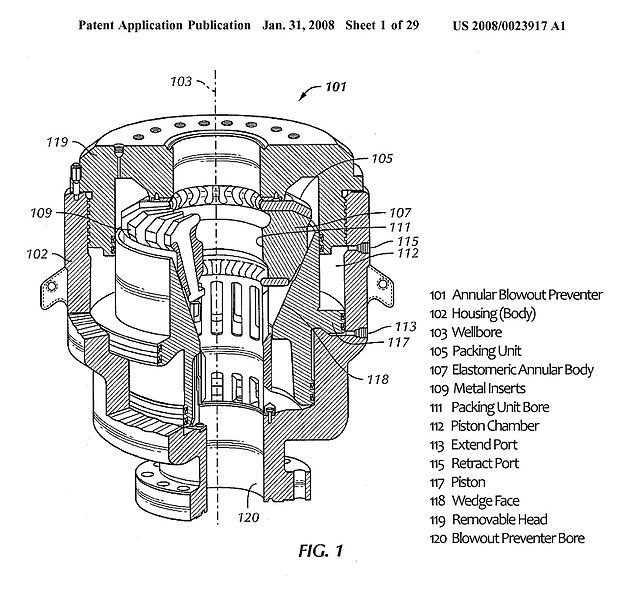
Although it is recommended to close the well by operating the annular spherical valve closure, you can also close the well with other types of valves that close to a specific type of diameter of the drill pipe, always taking into account the diameter of the tub With which you are drilling at the moment, a type of valve used in the closure and control of wells is as shown in the following image:
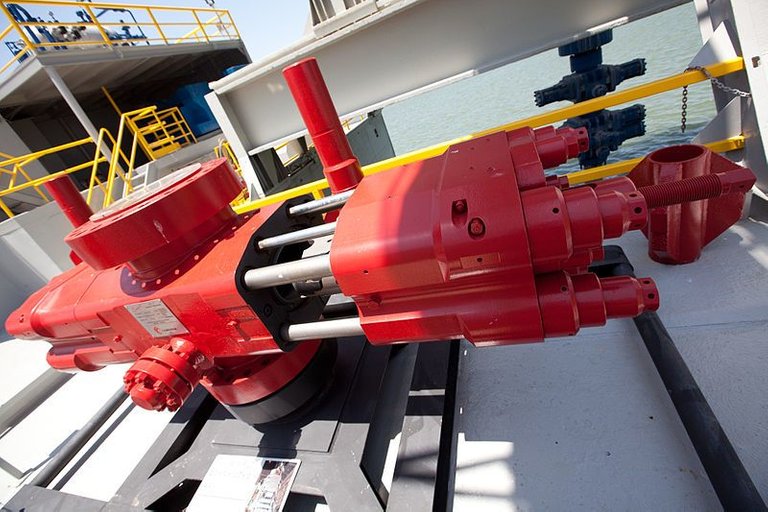
[3] It is very important the tasks involving the monitoring activities of the drilling fluid, the volume in the sludge tanks, and the material existing in the location, since once the well is closed, the next step is to control the well with new perf fluid prayer that is capable of exerting a counterpressure while the well is circulating to draw the influx.
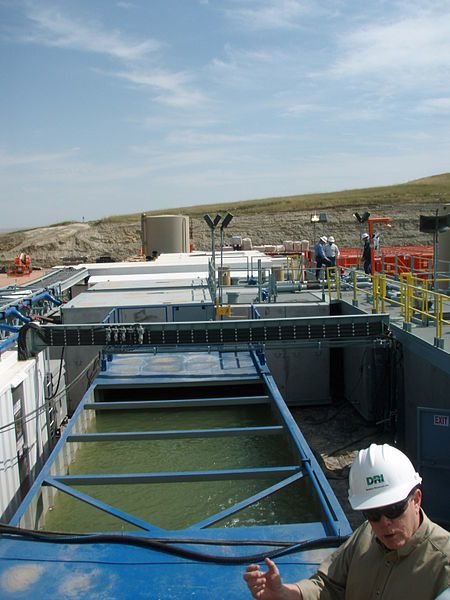
[4] Knowledge of operational techniques is essential to apply a soft closure while drilling, as this is the first step in well control, since after the well is closed it is essential that the pipe closure pressures are properly noted drilling and closing pressure of liner pipe, being these fundamental readings for mathematical calculations that are performed for the density case of the new control fluid.
Bibliography consulted and recommended
[1] Well Control Manual. Well control School. Harvey, Louisiana.
[2] Manual of Procedures for Closing the Well by Will Well Control.
__________________________________________________________________________________________________________________________________
"For all those who are passionate about STEM content, I recommend the #steemstem label, it is a community that values quality intellectual and academic content, always preserving the originality of the publications, so it is recommended to all those friends of Steemit who wish to publish using this tag should not commit plagiarism."
gran publicación amigo carlos, un abrazo
@tipu curate
Gracias por el continuo apoyo y la buena valoración a mi trabajo. Saludos amigo @ficcion.
Upvoted 👌 (Mana: 20/25 - need recharge?)
Hello,
Your post has been manually curated by a @stem.curate curator.
We are dedicated to supporting great content, like yours on the STEMGeeks tribe.
Please join us on discord.
This post has been voted on by the SteemSTEM curation team and voting trail. It is elligible for support from @curie and @minnowbooster.
If you appreciate the work we are doing, then consider supporting our witness @stem.witness. Additional witness support to the curie witness would be appreciated as well.
For additional information please join us on the SteemSTEM discord and to get to know the rest of the community!
Thanks for having used the steemstem.io app and included @steemstem in the list of beneficiaries of this post. This granted you a stronger support from SteemSTEM.
Congratulations @carlos84!
Your post was mentioned in the Steem Hit Parade in the following category: